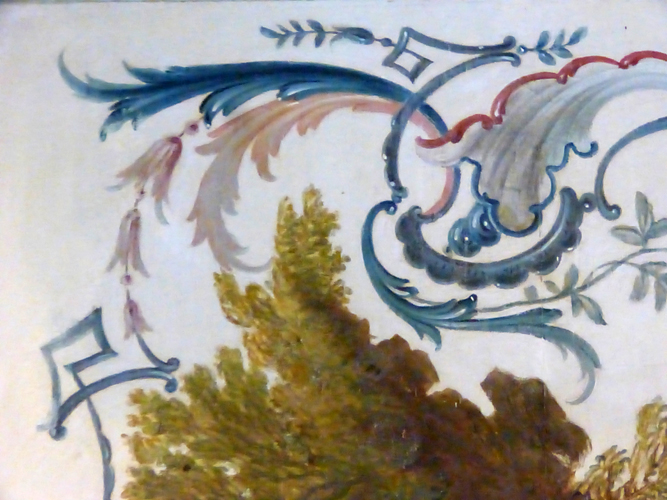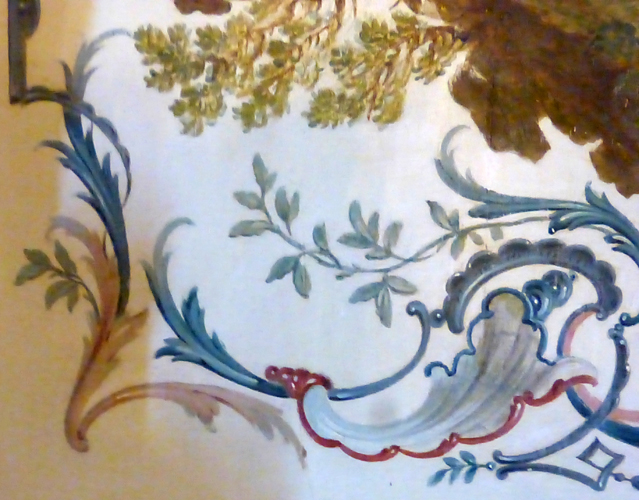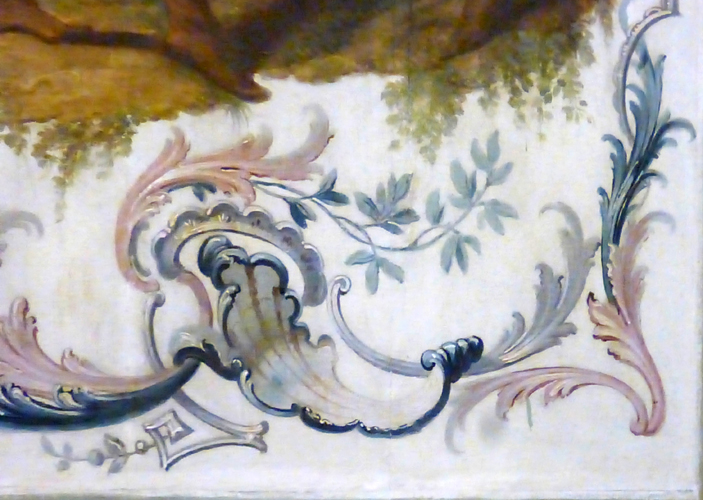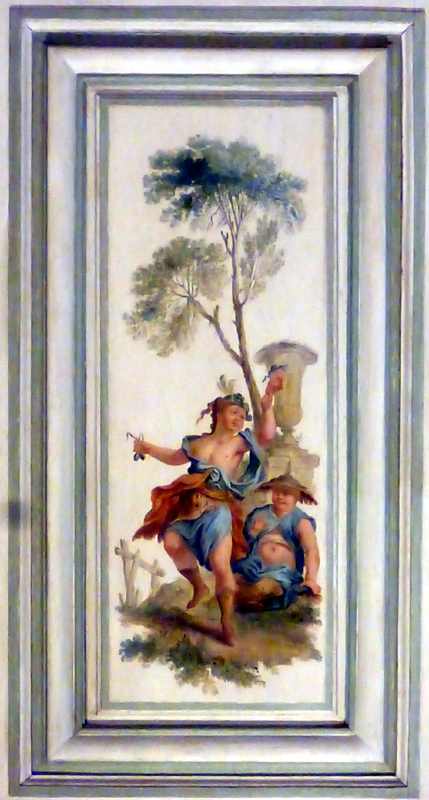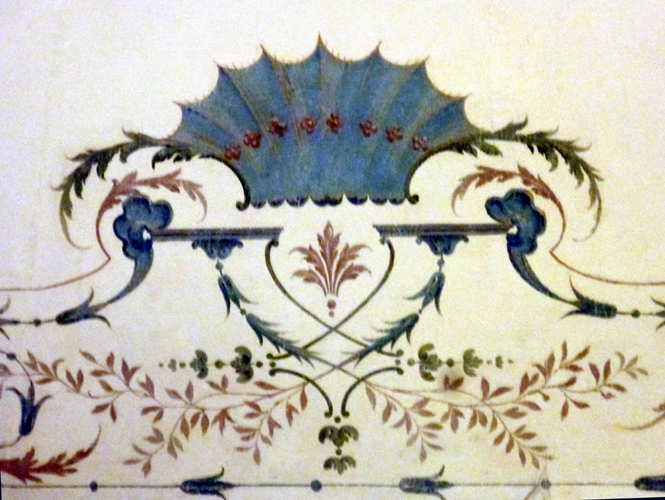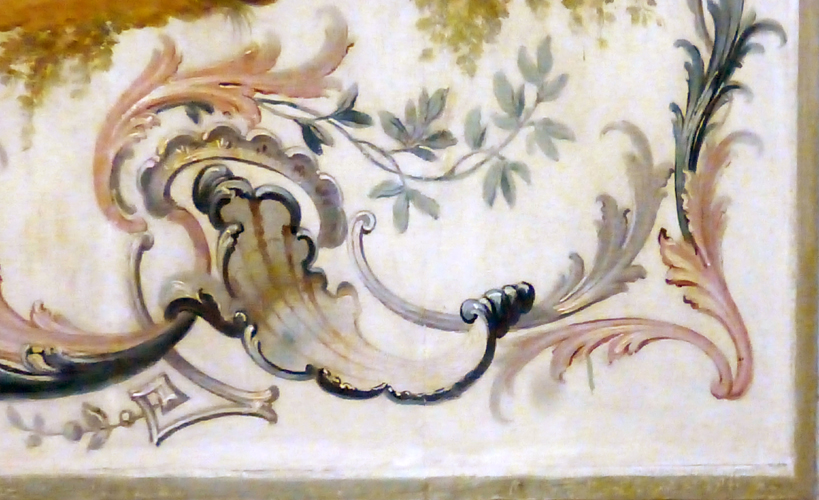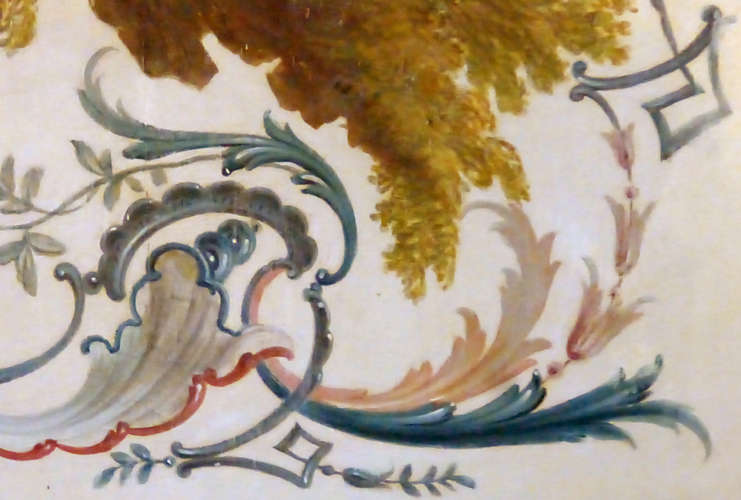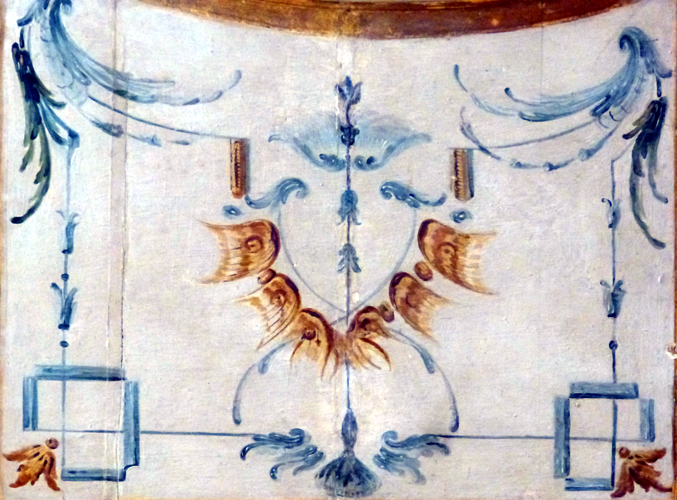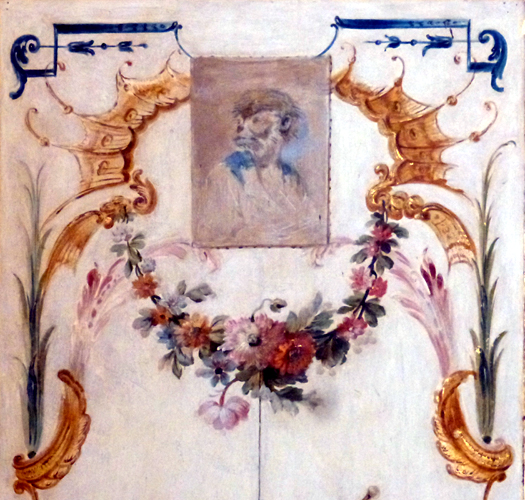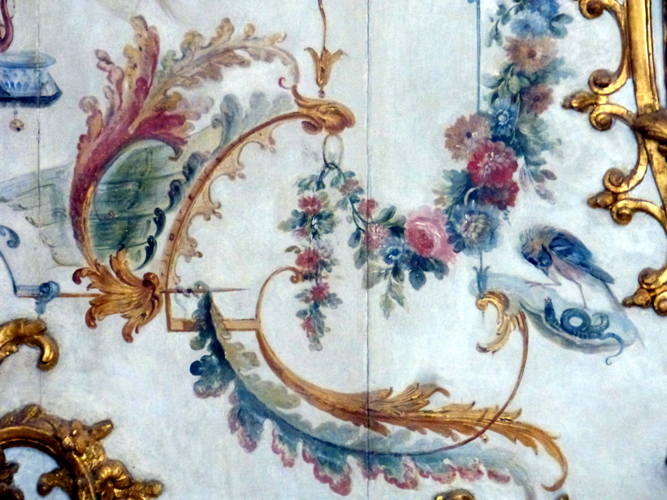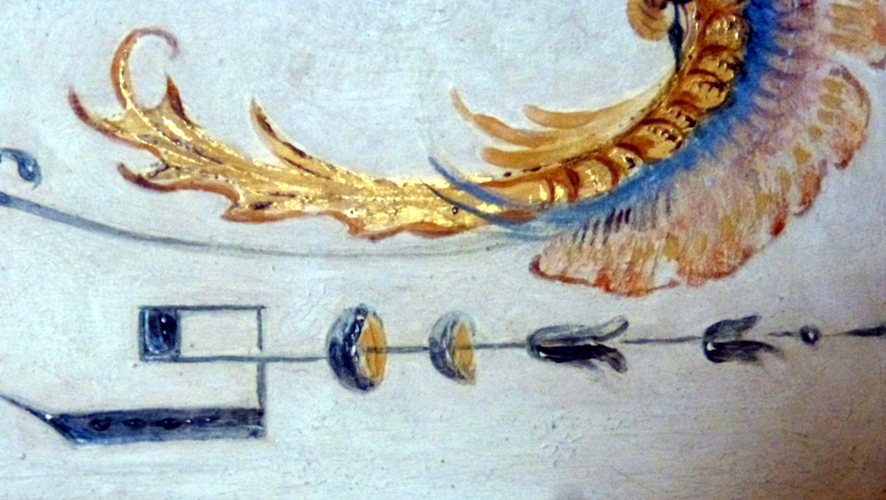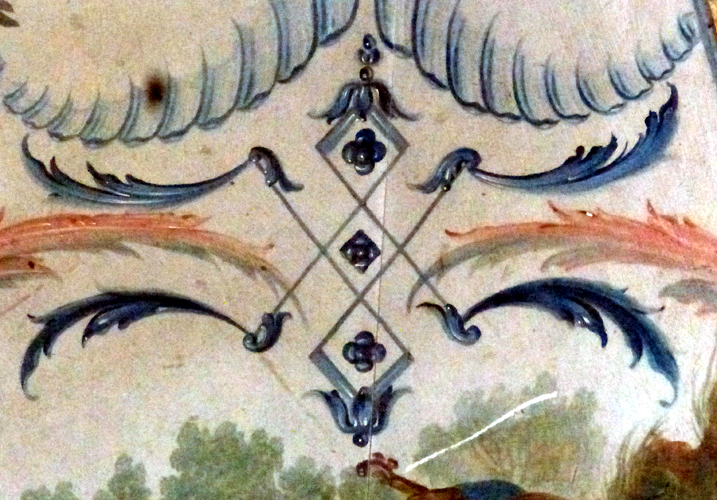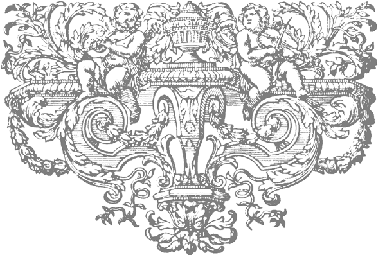A Franco-Flemish double-manual harpsichord,
![]()
Examples of Arabesque and Figure Paintings by Christophe Huet
for comparison with the decorations on the Franco-Flemish harpsichord.
|
Examples of Boucher decoration from the interiors of the Chateau Champs-sur-Marne: All photographs here, taken by Grant O'Brien |
|
|
|
Chateau de Champs-sur-Marne: note the characteristic 'geometrical' arabesques alongside the foliate arabesques. These are both characteristics of the decorative style of Francois Boucher. |
|
|
Chateau de Champs-sur-Marne: |
|
|
Chateau de Champs-sur-Marne: |
|
|
Chateau de Champs-sur-Marne: A rare example of a human figure - but, as is most common, the figures are Chinese. |
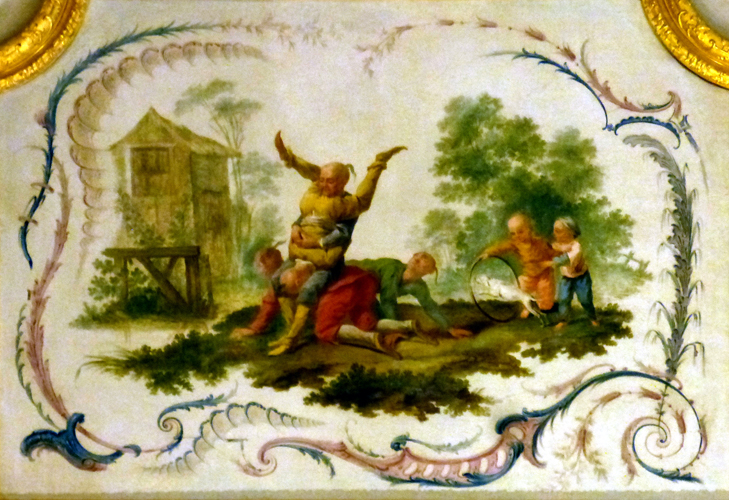 |
Chateau de Champs-sur-Marne: Another rare example of human figures in this type of Boucher decoration - but, as is most common, the figures are Chinese. Is this a kind of sexual perversion scene with the head (and mouth) of one figure buried deeply in the groin of the other - or am I the pervert in thinking it so??
|
|
|
Chateau de Champs-sur-Marne: a good example of the delicately elegant Boucher decoration. |
|
|
Chateau de Champs-sur-Marne: |
|
|
Chateau de Champs-sur-Marne: a fairly common mix of geometrical arabesques, foliate decoration, foliage, etc. decoration. The inventiveness of the highlights and shadows in totally imaginary objects is extraordinary. |
|
|
|
|
Examples of Boucher's decorations from the Chateau de Chantilly: |
|
|
|
Boucher Chantilly: typical ornaments |
|
|
Boucher in Chantilly: In honour of a very special grandfather monkey! |
|
|
Boucher - Chantilly: A wonderful example of Boucher's invention and his mixture of floral, imaginary, gilt, foliate decoration. His curves and spirals are always beautifully carried out and seem, almost, to follow a theoretical mathematical curve. |
|
|
Boucher Chantilly: detail. |
|
|
1733 Blanchet double-manual harpsichord: an inventive mix of foliate and scallop decoration in various colours enrichedf with invented highlights and shadows. |
